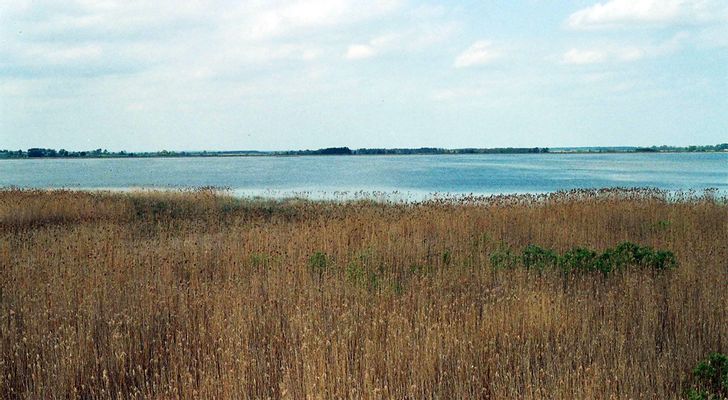A lively port town in Masuria with a 19th-century swing bridge and Boyen Fortress. Located between two large lakes, it's a key sailing center in northern Poland.
In northeastern Poland, Giżycko sits between Lake Kisajno and Lake Niegocin. You can sail through the Masurian waterways from the town's marinas, walk through the 19th-century military complex of Boyen Fortress, turn the wheel of a rare hand-operated swing bridge, or explore a medieval Teutonic castle.
Water Activities on Masurian Lakes
Lake Niegocin and Lake Kisajno surround Giżycko, making water sports an essential part of local life. You can rent sailboats at the main marina near the swing bridge, join local fishing guides for lake trips, or take scheduled cruises to Lake Mamry and other connected waters. In winter, many locals practice ice-boating on the frozen lakes, while summer brings consistent winds for windsurfing and quiet mornings ideal for kayaking.
Seasonal Activities and Recreation
The 9-hole golf course near Lake Niegocin welcomes players from May to October. You can ride horses on marked forest trails or hike through Puszcza Borecka, a 250-square-kilometer primeval forest. For a panoramic view of Lake Niegocin, climb Bruno of Querfurt Hill, where a 1910 memorial cross marks the summit - the view is particularly clear during sunset.
Engineering Marvel: The Swing Bridge
On the Łuczański Canal, you'll find one of Europe's two remaining manual swing bridges. Built in the early 20th century, this 100-ton structure rotates by hand to let boats pass through. Watch as the bridge operator uses the manual mechanism to complete each rotation in about five minutes.
The Historic Boyen Fortress
The Boyen Fortress, constructed from 1844 to 1848, spans 100 hectares between the lakes. Inside the fortress walls, you'll find 19th-century military buildings including barracks, ammunition bunkers, and defensive positions. The fortress amphitheater hosts shanty festivals every week during summer, while its museum exhibits focus on local wildlife.
Medieval Teutonic Castle
Built in the 14th century, this defensive structure has 2-meter-thick stone walls positioned strategically between the lakes. The castle museum displays regional medieval artifacts from archaeological digs and includes reconstructed knights' armor.



















